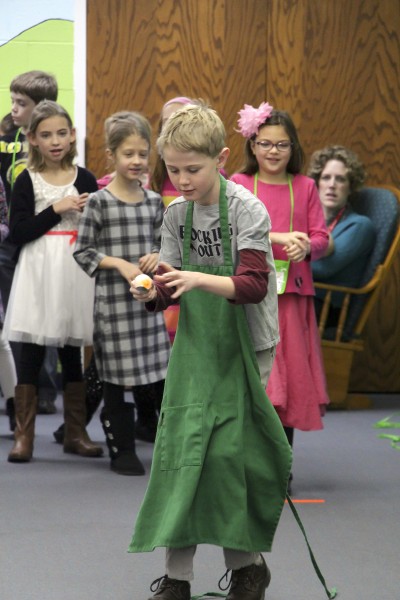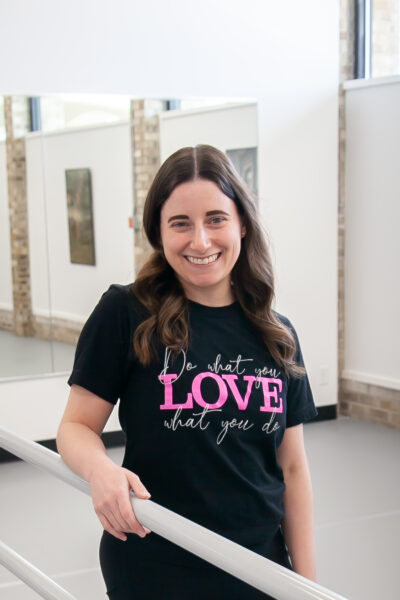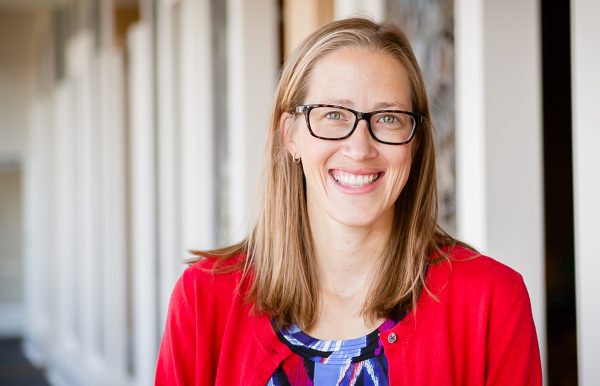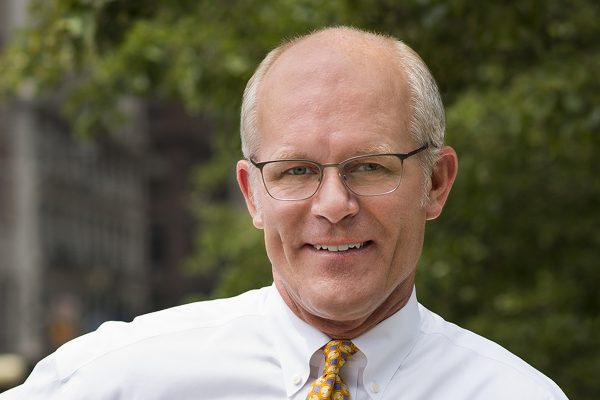Hands-on learning
Wearing a green apron put on by a classmate, the third-grader took off from one end of Friendship Hall to the other.
In his hand, he carried a spoon outstretched, balancing a tiny blown-up blue balloon. At the end of his sprint, he carefully set the balloon down on a bench….and back to his team he went.
He allowed a teammate to remove his apron without helping him – that was part of the rules of the game – and then set out to put it on another fellow teammate who was ready to go retrieve the balloon, also with the use of a spoon.
The game was called the Apron Relay. It’s one example of how St. Paul’s Sunday school is different this year with what is called a rotational model.

Students experience one Bible story for four weeks or so. Each Sunday, they spend classroom time talking about the story.
Then they go and engage in a different hands-on experience to reinforce what they’ve learned – with science, art, dramatic play, Bible skills games, music, cooking.
The Bible story is led by year-long Sunday school volunteers – the teachers who greet students each week at classroom doors. The hands-on experiences are led by short-term volunteers who sign up to lead a specific station for four-five weeks.
“This allows kids to get the story a different way each week,” said Michelle Juehring, children and family life coordinator at St. Paul.
Tami Mahl volunteered to lead four weeks of science sessions for the lesson on the 23rd Psalm. How does a class combine science with the psalms?
They did experiments on how a person’s body has ways of protecting itself, just as God protects us.
For example, students used a piece of paper to simulate an eardrum. They colored one side with crayon, to simulate the protective qualities of ear wax.
They left the other side blank. They dropped water on the crayon-coated side and saw the water run off. They dropped water on the non-covered side and saw how the water soaked in.
And with a gooey concoction of, well, goop, they thought about how mucus protects our bodies from germs. Using glitter to represent germs, they sprinkled glitter on the goop to show how mucus prevents many, many germs from getting inside our bodies and making us sick.
“No. 1, it’s so much fun,” said Tami, who chuckled a bit when she talked about how she is a lawyer by trade, not a scientist. “The enthusiasm of the kids is contagious. It’s wonderful to be a part of introducing them to our church.”
Tami has taught Sunday school in the past. This year, the shorter-term experiences worked well for her.
“It’s building connections, helping make this community come alive for them,” she said.
The rotational leaders are given support to make the lessons happen, Michelle said. The Spark curriculum explains what to do, lists the supplies needed, and offers guidance on how to tie the hands-on experience back to the Bible lesson of the month. A 5-minute how-to video is provided.
No teaching, or subject-area, experience is needed, she said. All that’s needed is a desire to lead kids in a fun and meaningful way, to connect them with some of the most beloved stories of the Bible.
Back at the Apron Relay, the crew of kids settled in after completing the race. Lori Byerly, who led games in February, asked questions to help kids understand how the game relates to the story of
Jesus washing Peter’s feet. It’s all about helping others. Kids gave examples of how they help others.
“Sometimes things are hard like shoveling,” Lori said. “Sometimes things are easy, like helping someone to pick up their markers.”
No matter the job at hand, “the love of God shines through us. These things that we do when we help other people, that is the Holy Spirit,” she said. “As you go about your week, you can think about other ways you can help other people, whether it’s at school or at home.”




